Clear Colds, Flu and Fevers: Just Sweat it Out by Michael Tierra
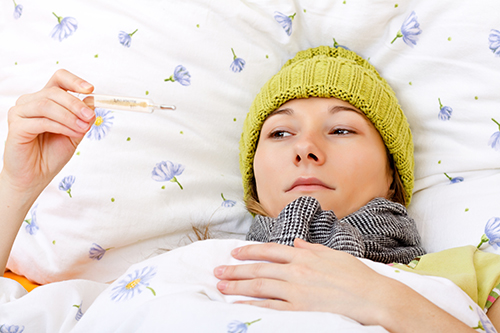
 One of my favorite movies, Where the Wild Lilies Bloom (1974), tells the story of a family of five Appalachian children who use herbal folk healing for colds and other ailments they learned from their widower father who recently passed away. Not wanting to be separated and adopted out, they developed a reputation of healers by relieving a neighbor’s bad case of pneumonia by immersing him in a tub of filled with hot water and chopped raw onions until the desperate fellow broke a sweat. After that, his fever passed and he got well.
One of my favorite movies, Where the Wild Lilies Bloom (1974), tells the story of a family of five Appalachian children who use herbal folk healing for colds and other ailments they learned from their widower father who recently passed away. Not wanting to be separated and adopted out, they developed a reputation of healers by relieving a neighbor’s bad case of pneumonia by immersing him in a tub of filled with hot water and chopped raw onions until the desperate fellow broke a sweat. After that, his fever passed and he got well.
The principle behind this depiction of true Appalachian folk medicine, to break a sweat, happens to be the best way to cure colds or flu. The method was certainly espoused by the famous iconoclastic 19th-century doctor Samuel Thomson (1769-1843), whose popularity at the time earned him the title, ‘the father of American herbalism.’ He learned of the value of sweating for these seasonal afflictions from Northeastern Native Americans and their use of sweat lodges.
Composition Powder for Colds
Thomson said “warming the vital force” was the key to health and freedom from disease. To accomplish this, he combined the following internal warming herbs into a formula we know as “Composition Powder”:
4 parts bayberry root bark powder
3 parts ginger powder
3 parts white poplar bark (inner bark) powder
3 parts pine bark (inner bark) powder
2 parts clove powder
1 part cayenne powder
Those afflicted with colds, flu, fever and even acute joint and back pains would be told to steep a teaspoon of these herbs in a covered cup of boiling water until cool enough to drink. Honey could be added to improve flavor, but the best results were effected if the patient also consumed the dregs.
This is only the first part of the treatment. After consuming the formula in the way described above, the patient was to quickly bundle up and lie perfectly still in a warm bed until a sweat is broken. If sweat does not occur the first time within an hour or two the process can be repeated once or twice more.
These old-fashioned sweating treatments were not only used for colds, flu, fever, and even pneumonia, but for any condition where circulation is weak and obstructed, for the aged who require a stimulating drink, and to relieve cold sensitive back and joint pains as well as urinary conditions.
This was the single most popular North American old-time remedy for over a century with famous doctors such as Dr. Nowell of Canada and the Dominion College of herbalism claiming that each year he would dispense hundreds of pounds of composition powder to his patients for a wide variety of conditions.
Most people who take Composition Powder today in capsules or pills don’t realize that the powder must dissolved in hot water as described above, followed by the sweat in bed; take note!
Composition Powder is available as a Planetary product called “Ginger Warming Compound.” It is my own proprietary formula and it consists of: Cassia Bark, Ginger Root Extract (5% gingerols), Cayenne Fruit, White Pine Bark, Cloves Fruit, Bayberry Bark, Marshmallow Root Extract, and Licorice Root Extract.
Back in the 1940’s, my mother would use a similar approach at the first sign of any cold or flu my younger brother or I developed: She would give a warm drink, perhaps hot lemon and honey tea, then slather on a thick coat of Vick’s Vapo Rub and camphorated oil on our chest and back (we hated it but it worked!) and then tuck us tightly under the covers with the admonition to lie perfectly still until we broke a sweat. After this, she’d quickly sponge us off with warm water, then get us into new pajamas and bedding for a comfortable night’s sleep. In most cases we were completely recovered by morning and could even return to school.
Western herbalists frequently recommend a tea made by steeping one or two teaspoons each of elderflower and peppermint in a cup of boiling water for 10 to 15 minutes. This can be taken with honey but the key always is to retire with some warm blankets and lie perfectly still until a sweat is broken.
In some rural areas of throughout Europe, people take a stiff shot of whiskey or brandy as the hot drink before retiring to sweat. Using a similar technique, my old Sicilian grandparents would eat several cloves of garlic again with hot water followed by sweating under the covers.
Many a time when coming down with colds or flu while traveling all I could find was preferably raw ginger or dried ginger, which I would make into a tea with honey.
In Japan a drink of hot sake with garlic taken as a shot two or three times a day is used as an effective cold remedy.
In Mexico a tea is made with a stick of cinnamon, a handful of raisins and a teaspoon of oregano is used.
In all of the examples above, the hot drink is followed by lying still under the covers until one breaks a sweat. A hot water bottle or hot brick wrapped with a flannel applied to the feet greatly assists this process. It may not be easy for children to remain still until sweating occurs (nor for parents who must keep them still!), but the objective of all of these remedies is to induce diaphoresis.
One must induce sweating even if a fever is already causing perspiration. Spontaneous perspiration from fever or hot climate occurs because of exhaustion, but diaphoresis as a result of drinking certain herbal teas actually rallies the body’s internal defense to drive the invading pathogen out through the pores of the body. I know this idea of releasing the invader through the surface of the body may not be physiologically accurate, and what may be really occurring is that the herbs rally the body’s immune response to destroy the invading pathogen, be it bacterial or viral. But it serves as a strategically useful description of how herbal diaphoresis works when it is done correctly.
Due caution should be taken to not sweat too long or to the point of exhaustion. Only take enough herbs to induce perspiration and then stop taking the herbs.
For babies and small children who tend to run higher fevers, it is a good idea to apply frequent cool water compresses to the forehead during the sweating process which can take anywhere from 30 minutes to an hour.
Traditional Chinese Medicine describe most acute cold-sensitive, external diseases with possible joint and muscle aches as a Tai Yang stage disease which is the first stage or layer of six described as the Treaties on Cold Damage compiled by Zhang Zhong-jing around 200 AD. Without going into detail regarding the six stages, tai-yang is the only stage where diaphoresis (sweating) is absolutely indicated. Diseases can affect many levels or layers of the body, but sweating should be induced is for anyone with an external disease (which includes colds, flu, fevers, coughs, joint and/or back pains, skin affections, anxiety, nervousness, fluid abnormalities (swelling, etc), jaundice, and accompanying symptoms) so long as they exhibit the syndrome of aversion to cold and/or wind, floating pulse, and neck or upper back pain or stiffness which classifies it as an external tai-yang syndrome.
The Treaties on Cold Damage describes hundreds of different tai-yang formulas, each more or less specific for treating associated symptoms. Most of them are grouped under the category of cinnamon tea (Gui Zhi Tang) or Ma Huang tea formulas.
-
- Gui Zhi Tang consists of gui zhi (cassia cinnamon) 10g, bai shao (white peony) 10g, gan cao zhi (honey fried licorice) 6g, sheng jiang (fresh ginger) 15g, da zao (Jujube dates) 4pcs.
Gui Zhi Tang (pronounced: ‘gway jur tang’) is specifically indicated if someone has a Tai Yang condition with a tendency to sweat but the condition is not relieved.
-
- Ma Huang Tang consists of ma huang (Ephedra sinica) 9g, gui zhi (cinnamon twigs) 6g, zhi gan cao (honey-fried licorice root) 3g, xing ren (apricot seeds) 10g.
Ma Huang Tang is specifically indicated if an individual is stronger, and tends not to sweat.
There are dozens of variations of ma huang and gui zhi formulas based on other problems occurring other than a cold, flu or fever. Further, these formulas are used to treat a wide number of diseases with basic tai-yang syndrome. However, in most cases these need to be followed by diaphoresis.
Diaphoresis is a qi-exhausting process and is contraindicated for individuals who are weak and generally deficient. If a tea were used for such individuals, it should be Gui Zhi tang which is more nourishing.
After sweating, it is recommended that you have a bowl of thin, easily digested white rice cream or oatmeal to replenish energy that was lost during sweating. Chicken soup is also a good food to use after or when recovering from colds or flu.
Note: Because of the ban by the FDA of the retail sale of Ephedra spp. due to industry abuses of this valuable herb you may substitute 10 grams of fresh ginger or Composition Powder mentioned above.
We’ve all heard of so many products such as zinc, vitamin C, echinacea for colds and flu – these are really good to use if you want to get rid of your cold or flu in a week or two or three. However sweating therapy using Composition Powder tea, strong ginger and honey tea, or garlic and honey tea, followed by breaking a sweat, is the best way to get rid of a cold, flu or fever in one or two days.
Learn more about how to keep you and your family healthy in our Home Herbalist Course.

Add Your Heading Text Here
Lorem ipsum dolor sit amet, consectetur adipiscing elit. Ut elit tellus, luctus nec ullamcorper mattis, pulvinar dapibus leo.

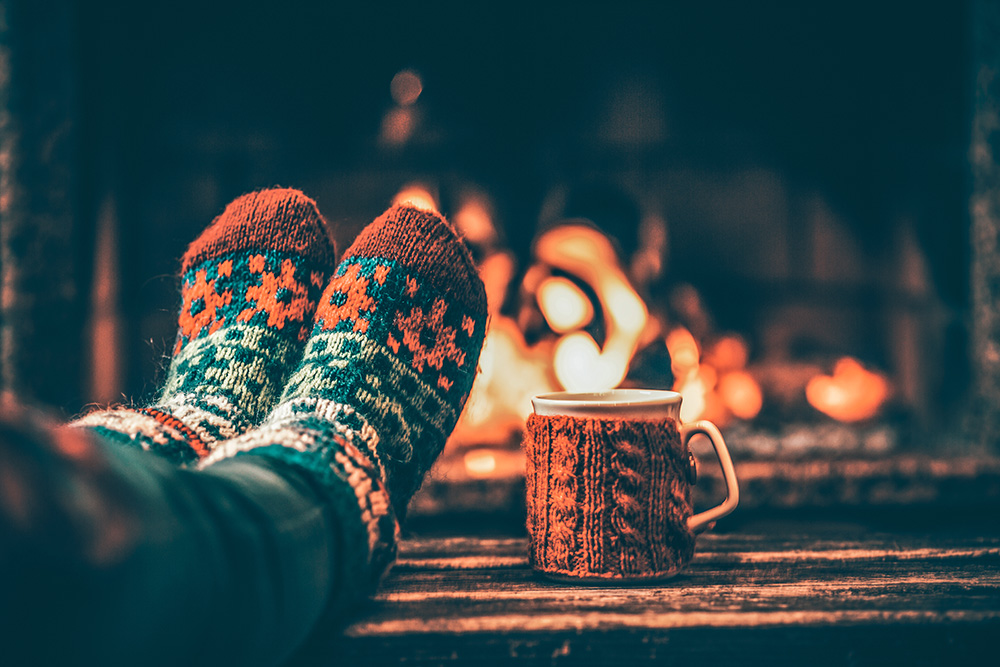
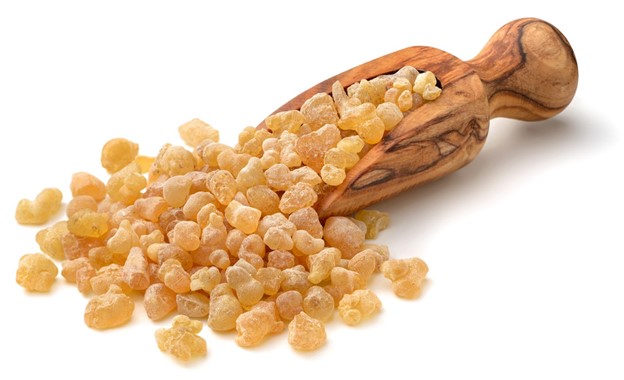

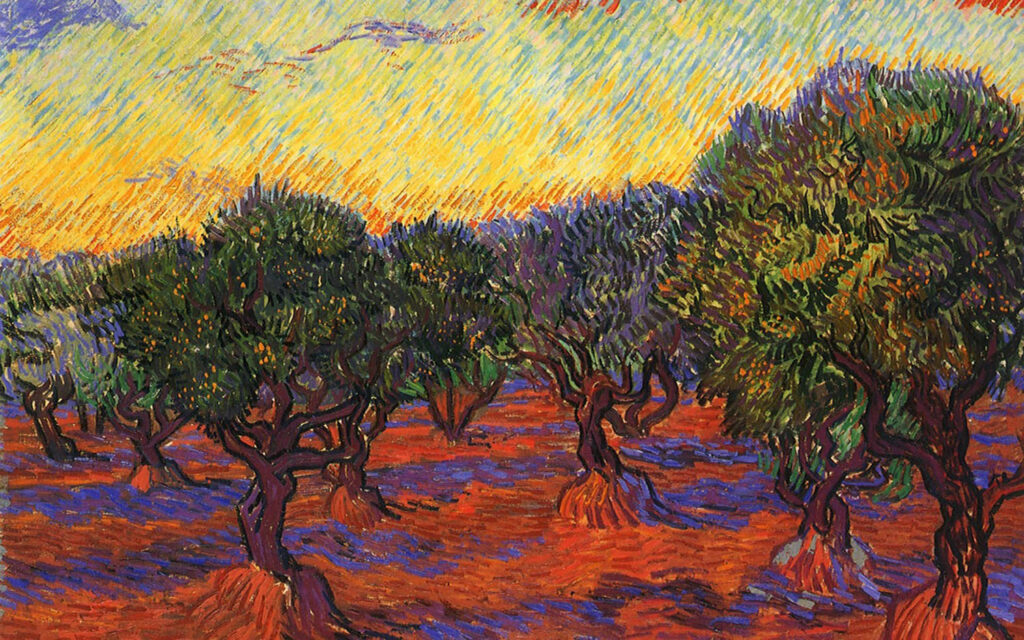
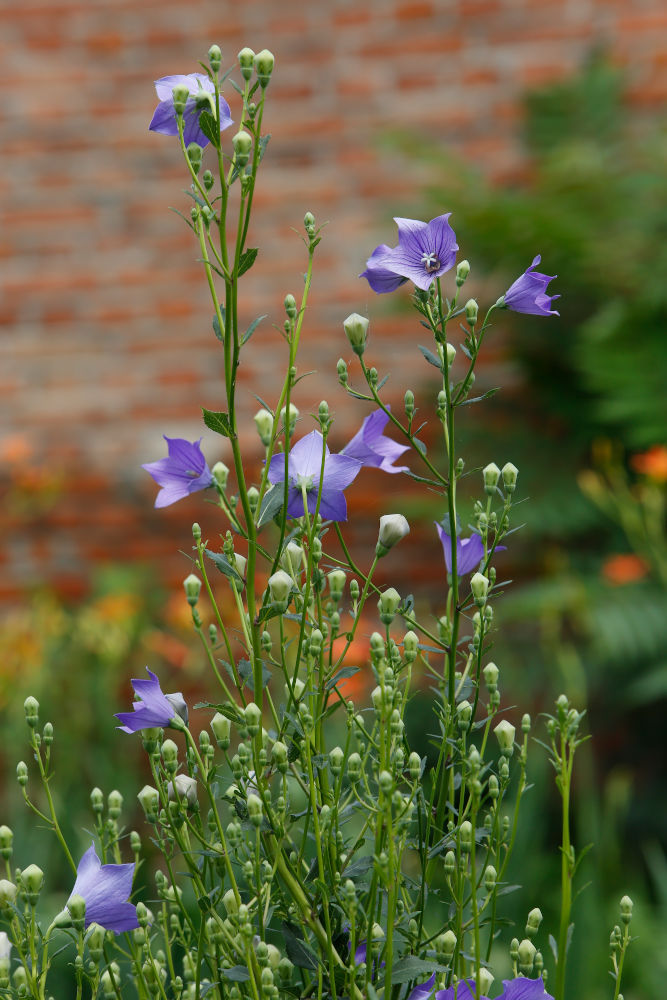
Responses